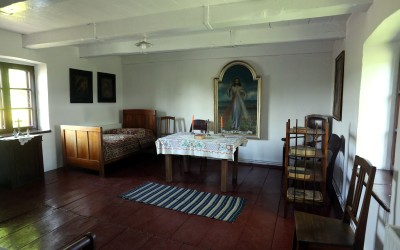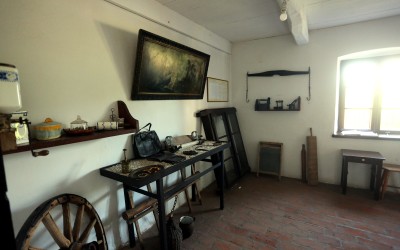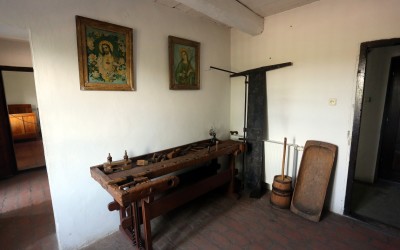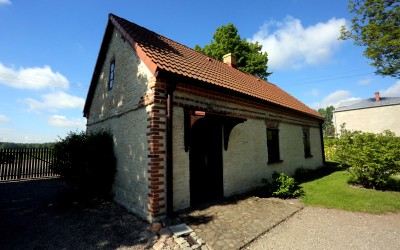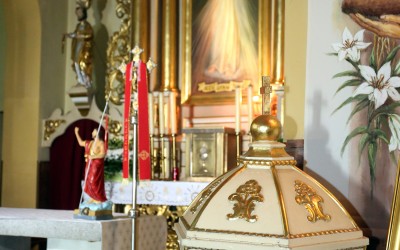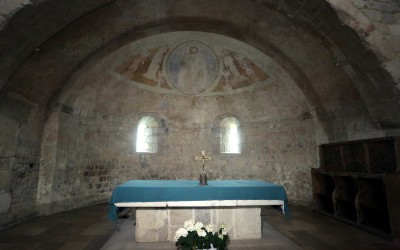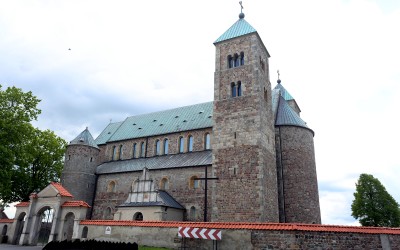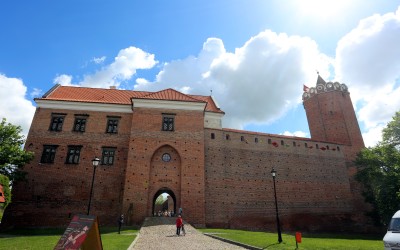Łęczyca – Gniezno – Poznań and on to the west). Sochachew and the area surrounding it became relatively well-developed. The Swedish invasion resulted in considerable destruction of the town. On 1st September 1939, the army of Hitler’s Germany invaded Poland. The residents of Sochachew had direct contact with the war on 3rdSeptember, when the first bombs fell on the town. In 1999, Sochachew became the capital of Sochachew district in the Mazovian voivodeship. Sochachew boasts a Narrow Gauge Railway Museum, which contains the largest collection of narrow gauge rolling stock in Europe.
thousand of inhabitants
Parishes
Deaneries
number of parishioners in Łęczyca deanery
number of parishioners in Piątek deanery

The “Secretary of God’s Mercy”, St. Sister Faustina Maria Kowalska (Helena Kowalska, 1905-1938) was born in the village of Głogowiec, in the district of Łęczyca. The baptism of little Helena took place in the nearby St. Kazimerz’s parish church in Świnice Warckie. From early childhood, St. Faustina had experiences of mystical states, primarily visions and appearance of Jesus. These were all described in her Diary, written on the advice of her confessor, Fr. Michael Sopoćko. These visions were mainly connected with the spreading of devotion to Divine Mercy through the painting of an image of the Jesus of Divine Mercy, with the inscription Jesus I trust in You, the establishment of the Feast of Divine Mercy, the prayer of the chaplet of Divine Mercy, the upholding of the Hour of Divine Mercy, and the foundation of a new religious congregation to implore Divine Mercy for the world. This final request from Jesus came to fruition with the founding of the Congregation of the Handmaids of the Divine Mercy. The first house of the Congregation is located in Rybno, near Sochachew.

The western part of the Łęczyca diocese is connected with St. Ursula Ledochowska (1865-1939). Born into Polish nobility, Julia, which was her given name, quickly discovered her vocation, and joined the convent of the Ursuline Sisters. A few years later, she travelled to St. Petersburg, together with two other sisters, to run a bursary for girls. In 1910, in Finland, she established a separate house of the congregation, which was not only concerned with the educational work of a middle school for girls, but with unity between Catholics and Protestants, making the convent chapel available as a place of prayer for both faiths. After the realisation of Polish independence in 1918, she returned to her homeland, where, in Pniewy, she founded the Congregation of the Ursuline Sisters of the Heart of Jesus in Agony. She was fully committed, dedicated and devoted to work among those at the lowest levels of society, while still being concerned with education and evangelization. Between 1930-1939, Ursula visited Łęczyca, where she established an Ursuline convent.

St. Adalbert (in Polish: St. Wojciech) (Adalbert Sławnikowic, 956 – 997), was the first martyr on Polish soil, and is the patron saint of Poland. He was an uncompromising witness to Christ, who, unable to establish an understanding with his countrymen as Bishop of Prague, resigned his function, and went to Italy. There he entered the Benedictine Order, and, with the help of a friend, the German emperor, Otto III, arrived at the court of the Polish king, Bolesław I Chrobry. From his court, via Gdansk, he headed north, with the aim of converting the Prussians. However, he suffered a martyr’s death. His body was purchased by Bolesław I Chrobry, from the Prussians, for its weight in gold. According to tradition, St. Adalbert, with the help of the king, founded the first Benedictine monastery in Poland, at Tum, near Łęczyca, and he stayed there en route to convert the Prussians.

The Church of St. Andrew the Apostle is a Gothic– style brick church with a rich history dating back to the 13th century. For a long time it was under the patronage of successive Polish monarchs. Inside the church there is a beautiful Baroque chapel devoted to The Virgin Mary, many wall paintings and sculptures, as well as a miraculous 17th century crucifix.

Świnice Warckie – a place connected with St. Faustina Kowalska. On the 27th August 1905 Helena Kowalska (St. Faustina) was baptised here in the classicistic Church of St. Kazimierz. The church has now become a shrine of St. Faustina’s birth and baptism. You can see the font from her baptism and the confessional she would have used.

Tum is home to the largest 13th century Romanesque building in Poland- the Collegiate Church. It is one of the most beautiful and best-maintained examples of this type of architecture in our country. The site was a place where church councils as well as meetings of princes were held, to make crucial decisions concerning the Church in Poland. This location is also connected with both St. Adalbert – the patron saint of Poland and Cardinal Karol Wojtyła, who, in 1967, conducted a Mass in the church marking the conclusion of the Millennium celebrations of Poland’s Christianization.

Głogowiec – Helena Kowalska’s home, now a museum with household utensils from the beginning of the 20th century and her father’s original carpentry workshop. Inside the house you can also see family photographs.
Registration









